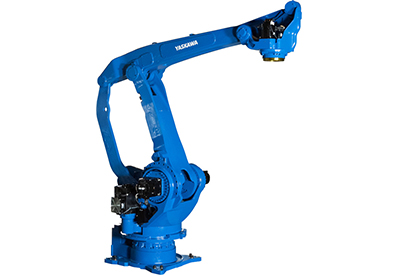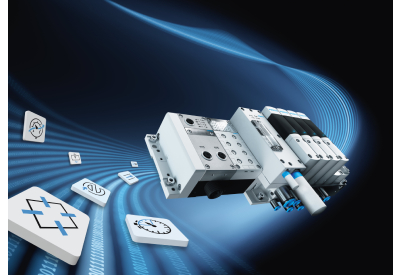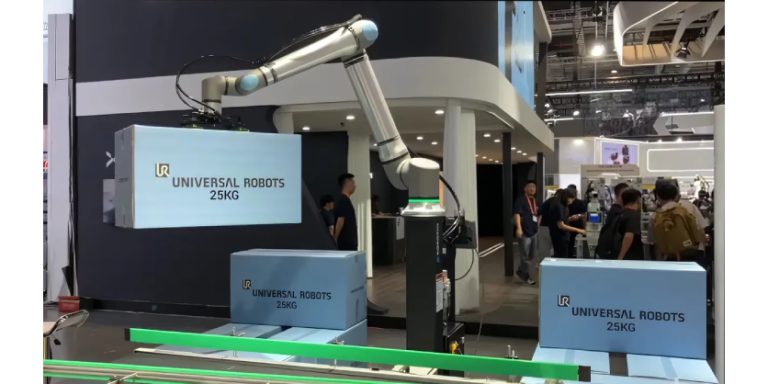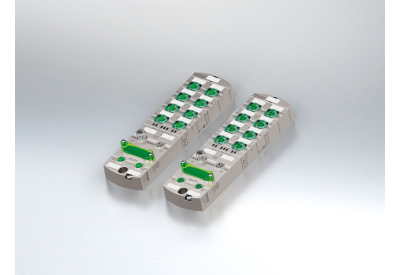Yaskawa Motoman: High-Speed PL190 and PL320 Palletizing Robots Add Versatility to the PL-Series Line

March 11, 2021
Offering exceptionally fast and powerful operation for increased production throughput, the highly reliable four-axis PL190 and PL320 models now join the PL500 robot, enabling a wide range of palletizing applications, order picking and other logistical tasks. Ideal for end-of-line or distribution automation, PL-series robots are well-suited for a variety of industries, moving boxes and filling pallets with ease and precision.
The PL190 has a 190 kg payload capacity, and the PL320 has a 320 kg payload capacity. Each robot features a 3,159 mm horizontal reach, 3,024 mm vertical reach and ±0.05 repeatability.
A one-piece upper arm reduces mass and increases durability, while parallel-link construction for strength and heavy-duty bearings for smooth arm rotation support the handling of large, heavy payloads. A 75 mm T-axis pass-through facilitates easy connections to the end-of-arm tool, and its high moment of inertia ensures unbalanced loads are handled effectively. The PL190 and PL320 robots can be floor-mounted, and brakes are included on all axes.
Installation is quick and efficient. A single cable is all that is needed to connect the manipulator to the controller, resulting in easy setup and reduced expenses for maintenance and spare parts inventory. Airlines and cables are routed internally from the base to the end-of-arm tool to maximize reliability, and a cable installation tube facilitates fieldbus routing to the upper arm and/or gripper.
PL-series robots are controlled by the high-performance YRC1000 controller that is built to a global standard and does not require a transformer for input voltages ranging from 380AC to 480VAC. With a highly compact cabinet (598 W x 490 H x 427 D mm), the YRC1000 uses a lightweight teach pendant with intuitive programming.
Fast and easy creation of palletizing patterns for virtually any mix of SKUs can be accomplished offline using PalletSolver software, enabling faster workcell deployment for even the most complex patterns.





